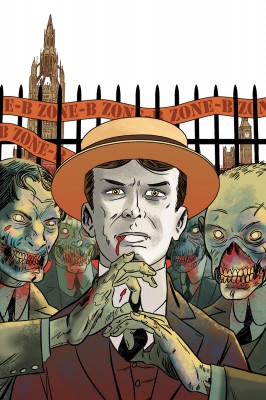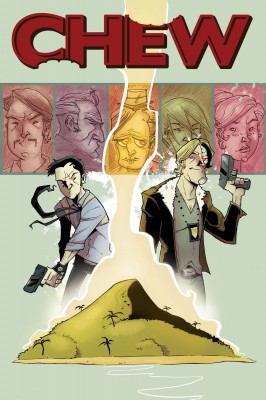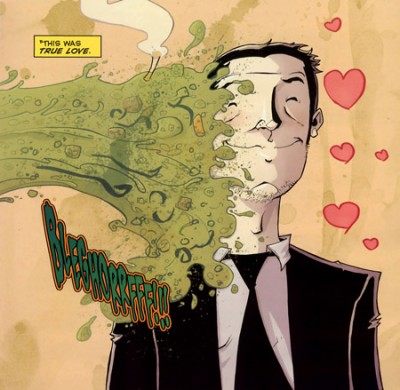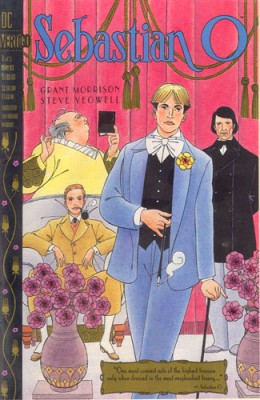Reviewer: Emera
Date read: 10.17.2016
Book from: Lent by E.
Much goodness. The Legend of Beka Cooper trilogy is a Tortall prequel (set 200 years before the main Tortall books) that combines rookie cop procedural, gritty medieval slums, subtle magic, and a dual murder/kidnapping mystery, all written in a journal format using wonderfully earthy, pungent Old English slang.* (Women and men are “mots” and “coves,” for example, while loose women are “puttocks.”) If you’ve never read any of the other Tortall books, this stands alone well, though there are plenty of tidbits to delight and reward longtime readers.
Tamora Pierce’s fantasy adventures, driven principally by tough young women, were a staple of my young adulthood. But this was my first time returning to her work since 2008 or so, when I’d tried picking up later entries in long-beloved series, and eventually gave up when I found them stiffly written and contrived-feeling – well-meaning, but a bit Very Special Episode-ish in their approach to social issues.
So I was frankly taken aback at how good Terrier was – tight, funny, thoughtful, subtle, suspenseful. Narrator/journal-writer Beka Cooper, a trainee within Tortall’s nascent police force, is pensive, driven, and capable. She’s a likable and admirable heroine to trail, with a voice that’s, again, made especially memorable thanks to the street slang. The combination reminded me actually of Karen Cushman’s obstinate historical heroines (Catherine Called Birdy, my love forevermore).
I had forgotten how well Pierce can pull off mysteries (Magic Steps also worked as a fantasy-crime hybrid), and it was particularly fun here to watch her play out cop tropes (even good cop/bad cop makes an appearance) in the context of a early lawkeeping force. As the Provost’s Dogs were established only a few decades ago, affairs are still quite rough ‘n’ ready: the Dogs are ill-paid, expect high mortality, and mix freely with criminals. All of this contributes to a captivating and convincing sense of a raw, violent world of fast-changing alliances and widespread cruelty (the disposability of children’s lives in particular is a troubling theme throughout), but a world that’s nonetheless a warm home for Beka and her friends, and where they can occasionally strike victories against violence and injustice.
Altogether, this is a solid, feel-good read – one of those books that feels trustworthy and good-hearted, without cloying (except for some silly bits about kittens). Viva tough women, good friendships, and young folks making smart decisions and beating up slimy villains. I can’t wait to find the sequels.
* Coincidentally, when reading the Old Kingdom prequel Clariel just a week before, it had struck me as mildly amusing that everyone still talked the same 600 years earlier in the Old Kingdom. So props to Pierce for the linguistic experimentation, when most high-fantasy authors do tend to keep their worlds drifting in the same medieval linguistic and technological twilight regardless of the passage of n eons.




